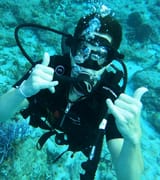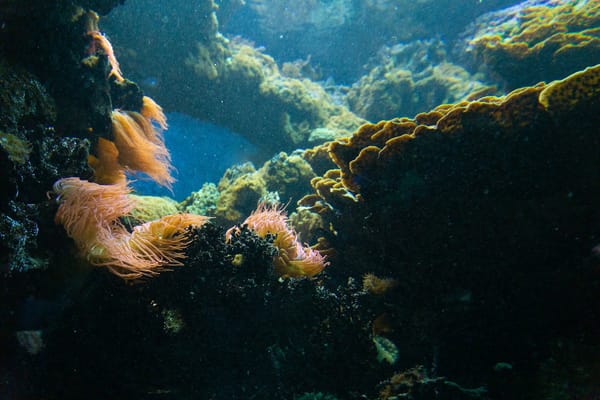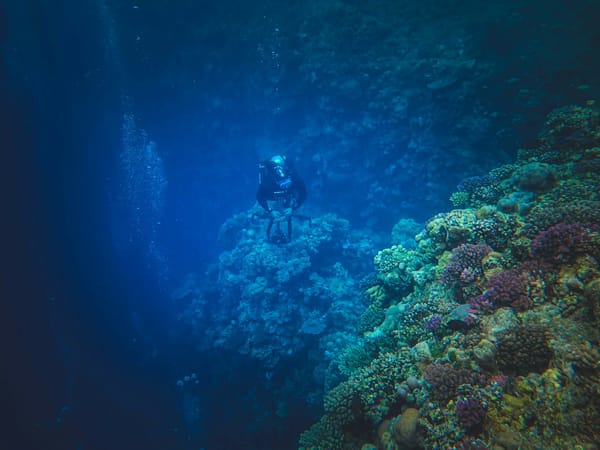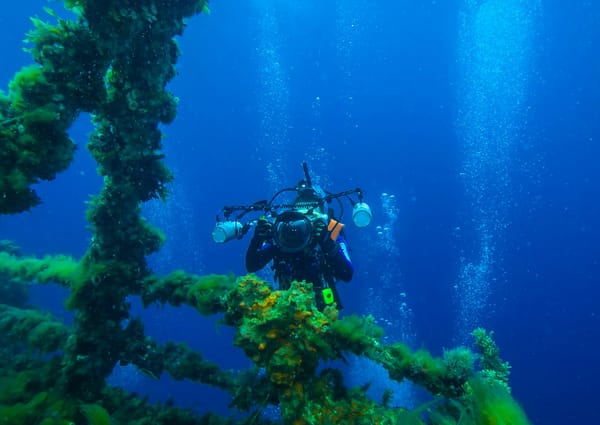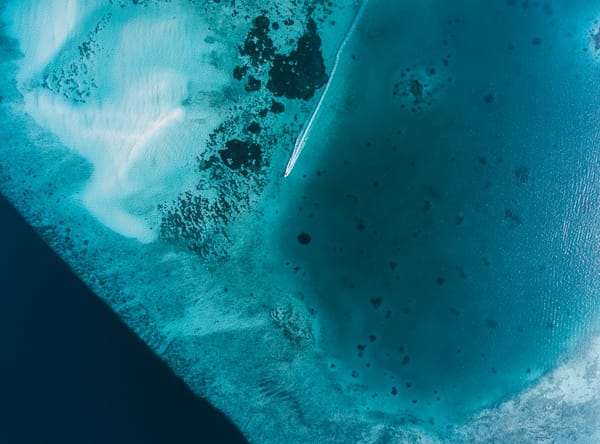Dive Richelieu Rock: Thailand's Marine Jewel
Richelieu Rock, a submerged pinnacle in Thailand’s Andaman Sea, is a vibrant dive site known for encounters with whale sharks, manta rays, ghost pipefish and harlequin shrimp. With calm conditions and visibility up to 30 m from December to April, it’s a must-dive for intermediate divers.
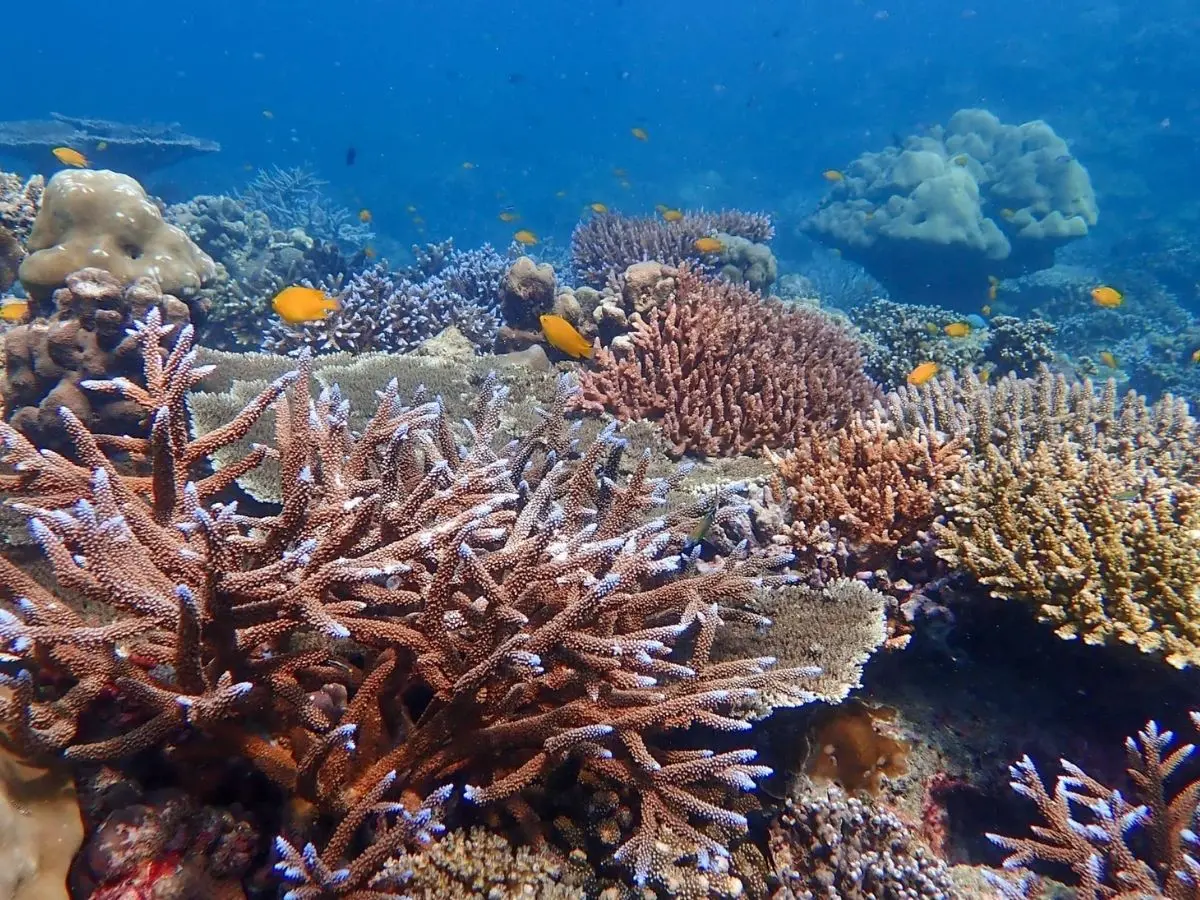
Introduction to Richelieu Rock Diving
Richelieu Rock, nestled in Thailand's Andaman Sea, is a premier pinnacle dive site celebrated for its stunning marine biodiversity. This underwater paradise is perfect for divers eager to encounter majestic whale sharks and vibrant coral ecosystems. With ideal diving conditions from December to April, Richelieu Rock offers an unforgettable underwater journey.
Location & Access
Located about 18 km east of the Surin Islands, Richelieu Rock is reachable by boat from popular diving spots like Khao Lak and Phuket. As part of the Mu Ko Surin National Park, the site is protected and preserved. Divers can access the site via liveaboard trips or day excursions organized by local dive operators.
| Depth range | 0–35 m / 0–114.8 ft |
|---|---|
| Visibility | 15–30 m / 49.2–98.4 ft |
| Water temperature | 27–29 °C / 80.6–84.2 °F |
| Best season | December to April |
| Difficulty | Intermediate |
| Type | Pinnacle |
| Marine life | Whale sharks, manta rays, ghost pipefish, harlequin shrimp |
Dive Site Overview
Richelieu Rock is a submerged pinnacle that barely breaks the surface at low tide. With a depth range of 0-35 meters, it caters to intermediate divers. Visibility spans 15 to 30 meters, providing clear views of the vibrant marine life. The pinnacle is adorned with soft corals, sea fans, and anemones, crafting a colorful underwater landscape.
Marine Life & Ecosystems
Famed for its diverse marine life, Richelieu Rock offers sightings of whale sharks and manta rays. The site also hosts smaller, fascinating creatures like ghost pipefish and harlequin shrimp. Thanks to conservation efforts, the coral ecosystem here thrives. Divers can expect to see schools of barracuda, trevally, and snapper, alongside vibrant nudibranchs and cuttlefish.

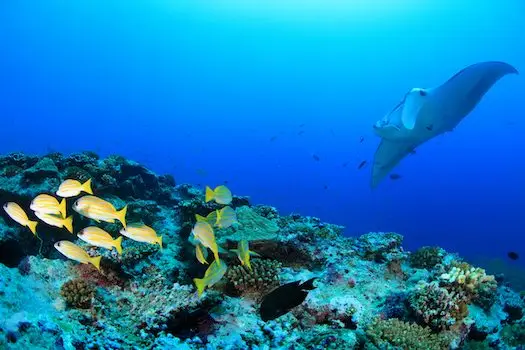
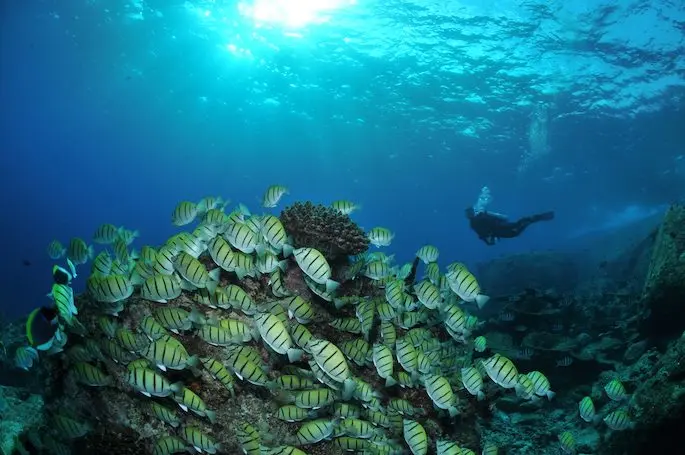
Richelieu Rock Marine Life
Best Time to Visit
The prime time to dive at Richelieu Rock is from December to April, when the Andaman Sea provides calm waters and excellent visibility. During this period, the chances of encountering whale sharks increase, making it an ideal season for marine enthusiasts.
Safety Considerations
Given the site's intermediate difficulty, divers should have adequate experience and be comfortable with potential currents. It's advisable to dive with a local guide familiar with the site. Always check weather conditions and ensure your equipment is in good working order before diving.
Equipment Recommendations
Divers should wear a 3mm wetsuit to suit water temperatures of 27-29 °C. A dive computer is essential for monitoring depth and bottom time, and an underwater camera is recommended to capture the stunning marine life.
Local Tips & Culture
While in the area, explore local Thai culture and cuisine. Khao Lak and Phuket offer a range of accommodations and dining options. Respect local customs and support sustainable tourism by choosing eco-friendly dive operators.
Conservation Notes
Richelieu Rock is part of the Mu Ko Surin National Park, playing a crucial role in protecting its rich biodiversity. Divers are encouraged to practice responsible diving by avoiding contact with marine life and supporting conservation initiatives. Organizations like Project AWARE and local conservation groups actively work to preserve the site's natural beauty.
Video
Conclusion
Diving at Richelieu Rock is a remarkable experience, offering a glimpse into the vibrant underwater world of the Andaman Sea. With its rich marine life and stunning coral formations, this pinnacle dive site showcases the beauty and diversity of Thailand's marine ecosystems. Whether you're drawn by the prospect of swimming alongside whale sharks or exploring colorful coral gardens, Richelieu Rock promises an unforgettable adventure for divers.
For more information, visit authoritative sources such as PADI, Project AWARE, and the Tourism Authority of Thailand.

